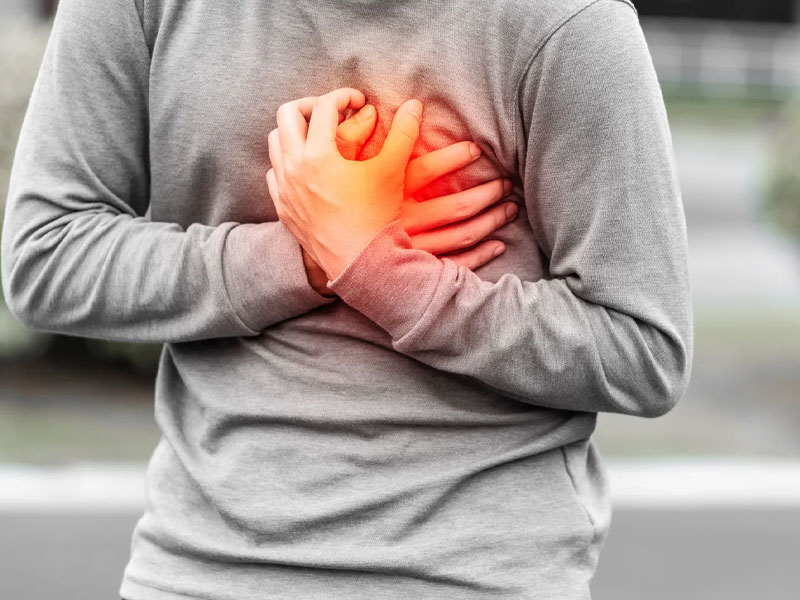Service
Heart Attack

A heart attack, also known as myocardial infarction, occurs when blood flow to the heart is suddenly blocked, usually due to a blood clot in a coronary artery. This blockage deprives the heart muscle of oxygen, causing damage or death to the affected tissue. Recognizing the symptoms and seeking immediate medical attention are crucial for minimizing damage and improving outcomes.
Symptoms of a Heart Attack
- Chest pain or discomfort : This is the most common symptom, often described as pressure, squeezing, fullness, or pain in the center or left side of the chest. It may last for more than a few minutes or come and go.
- Shortness of breath : Difficulty breathing, even at rest, can be a sign.
- Discomfort in other parts of the upper body : This can include pain or discomfort in one or both arms, back, jaw, neck, or stomach.
- Lightheadedness, dizziness, or fainting : These can be symptoms of reduced blood flow to the brain.
- Cold sweats : Breaking out in a cold sweat, even without physical exertion, can be a sign.
- Nausea or vomiting : Feeling sick to your stomach or actually vomiting can occur.
- Extreme fatigue : Feeling unusually tired, especially if it comes on suddenly, can be a symptom.
Important Considerations
Symptoms can vary
While chest pain is common, some individuals, especially women and older adults, may experience more subtle symptoms like shortness of breath, fatigue, or nausea.
Time is critical
If you suspect a heart attack, call emergency services (911) immediately.
Treatment
Emergency treatment for a heart attack often involves medication to dissolve clots, restore blood flow, and stabilize the patient's condition.
